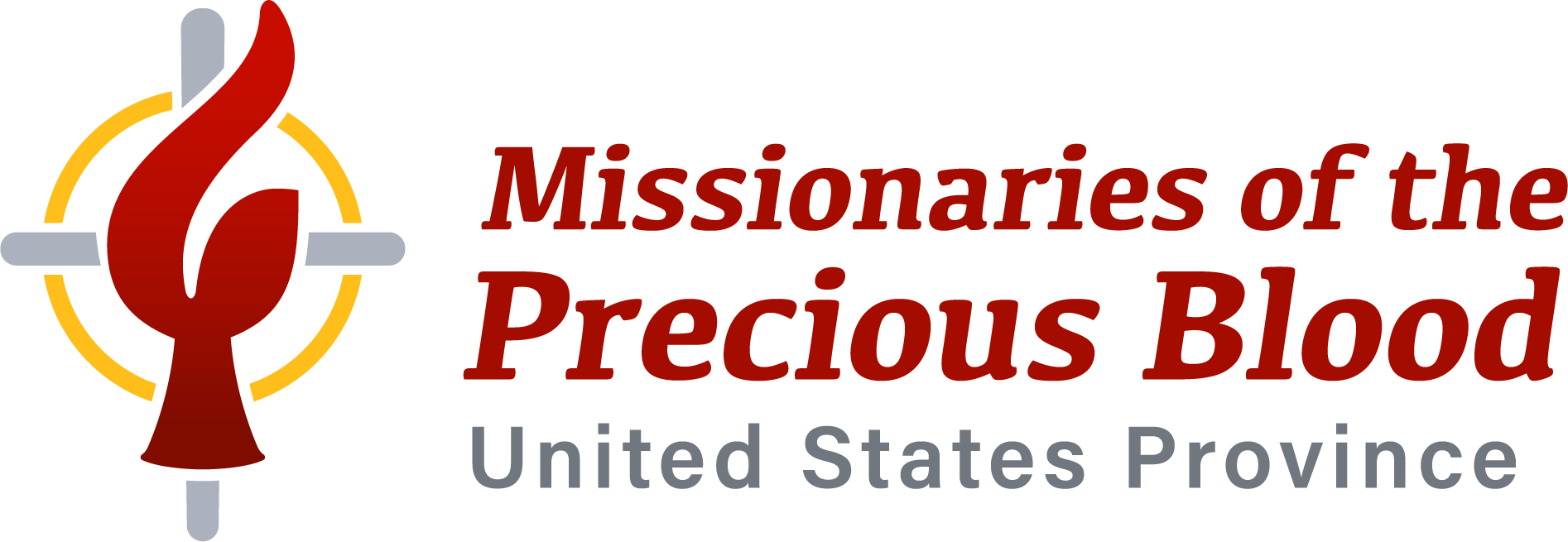By Fr. Joe Nassal, C.PP.S.
Advent is an adventure into the very mysteries of life. Though we associate Advent as a season of new beginnings, since 2010, I also identify Advent with endings. My younger sister, Mary, died on the first Sunday of Advent in 2010 at the age of 47. My dad was 93 when he died four years later during the first week of Advent. Dad suffered a stroke the day after Thanksgiving in 2014 and never regained consciousness. He lay still, suspended between life and death for several days.
During those days of waiting, my niece, Kathleen, was expecting her first child. The family held a shower for her on the anniversary of my sister’s death. Kathleen had second thoughts about the date, but everyone said it would be good to have the shower on that day as Mary would have probably hosted it if she were alive. I was told her spirit was very much in evidence at Kathleen’s shower as I spent the day with dad so that Mom and my sister could attend. Mary’s son, Joe, and I had lunch and told stories about his mom.
Here the mystery of faith, of hope, of love takes shape. What form it will take, God only knows. But Advent ushers us into the excitement of welcoming and celebrating a child that is on the way; the memory and grief of a sister, daughter, mother who died too soon at 47; and a 93-year-old man struggling to die. The Advent mystery coming together in a single day of waiting.
Last Advent, I found a book by Episcopal Bishop Steven Charleston called “Ladder to the Light: An Indigenous Elder’s Meditations on Hope and Courage.” Bishop Charleston is an elder of the Choctaw Nation. In the introduction, he shares the vision of the kiva which he describes as “a square or circular underground chamber, covered by a roof of wooden beams with an opening in the center.” One enters the kiva “by descending the ladder” and once you are “inside the packed earth chamber of the kiva, you are in darkness.” The only light comes from above and the only way to reach it is to climb the ladder.
In Native American spirituality, the kiva “is a womb,” Bishop Charleston writes. “It is a place of origins.” This is where “life first began. As the tribe of human beings, we began our existence in the womb of the earth, beneath the surface, in a place of darkness. Through many different incarnations of life on this planet, we finally emerged into the light.”
Bishop Charleston describes this journey as “the ladder not to heaven, but to home.” Our journey on this Earth is to look for the light wherever we go. Which helps to explain what Bishop Charleston calls the “spiritual resilience of North America’s indigenous peoples” because “our traditional religious practices were banned. Our sacred objects were taken from us and either destroyed or put in museums as a curiosity for our conquerors. Our families were scattered into the diaspora. Even our languages were forbidden.”
And yet, as the bishop points out, “we are still here.” Native Americans “know something about resisting darkness.” They’ve been doing it “for more than five hundred years.” Which is why the kiva “symbolizes this spiritual resilience. It reminds us that we began in darkness . . . the nurturing darkness of the womb, a place of formation and growth. Over time, through the grace of the Spirit, we learned more, understood more, until we matured and were ready to take our place in the bright world of reality. We emerged from Mother Earth.”
Bishop Charleston sees the kiva as a metaphor for our times. It teaches us that “if we are in a time of darkness, we need not be afraid of it, because it is only the beginning for us,” he writes. “As a people, we have entered into darkness before, only to emerge into the light.”
The Advent wreath captures our hope of the light of Christ coming into the world to extinguish the darkness of sin and death. With so much darkness in the world these days, wars raging, violence increasing, chasms between various groups widening, and the polarization crippling so many institutions, lighting a candle on this wheel of hope calls us to prayer and possibility.
We are living in a time when people are losing faith in our institutions. Whether it is the church, education, health care, or politics, systems are collapsing around us. The polarization that exists on so many levels and in so many institutions, one wonders if we can ever learn to live in peace with those with whom we disagree? We have seen in recent years the attacks on diversity. In the Church, the battle lines are often drawn between tradition and change.
Our spirituality and charism call us to stand in the chasms that divide us, to be bridges of blessing and hope that seek to bring those who are separated, those who are far off, near through the Blood of Christ. It is a tall order. But Advent offers us the opportunity to practice what Anne Lamott calls “stubborn hope.” She writes, “Hope begins in the dark, the stubborn hope that if you just show up and try to do the right thing, the dawn will come. You wait and watch and work: You don’t give up.”
Whether we are waiting for a birth or a death or something in between, Advent advises patience, a patience born in our own stories of waiting, watching, and working with a stubborn hope that God is always in control.
Fr. Joe Nassal, C.PP.S., a noted author, preacher and retreat leader, is the vice provincial director of the United States Province.
